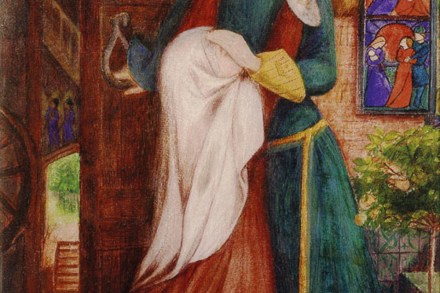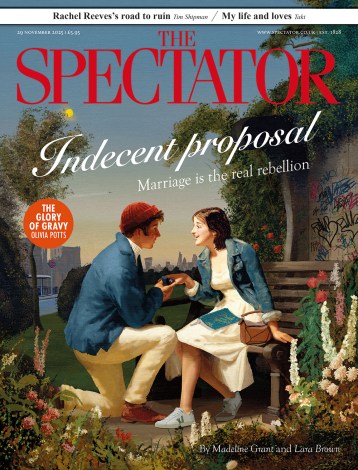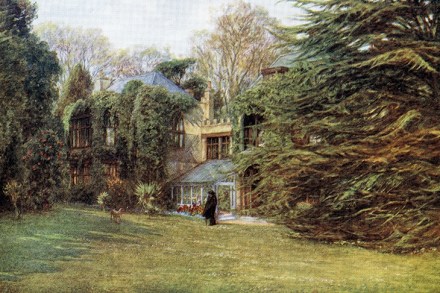An artist in her own right: the genius of Elizabeth Siddal
Elizabeth Eleanor Rossetti, as this new book calls her in a break with convention, is better known by her maiden name: Elizabeth Siddal or Siddall (the spelling is uncertain, as is much else about her). The Pre-Raphaelite icon was familiar to the public as the model for John Everett Millais’s ‘Ophelia’ sinking to her watery grave and as the muse of Dante Gabriel Rossetti, who eventually married her. Not long afterwards she died of an opiate overdose in 1862, aged 32. Her early demise, echoing her association with Ophelia, left her ripe for myth-making, as first explored by Jan Marsh in her groundbreaking The Legend of Elizabeth Siddal (1989). By


